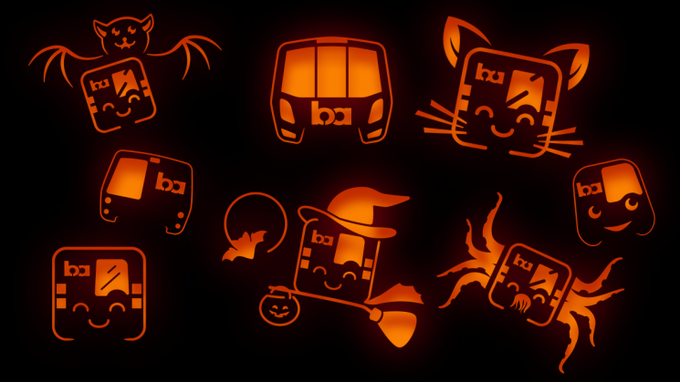Search Results
Pride parade results in highest Sunday BART ridership ever
195,700 riders used BART to LGBT Pride parade The Lesbian, Gay, Bisexual and Transgender PRIDE parade yesterday drew so many people to BART that the agency experienced its highest ridership for a Sunday in its nearly 35 years of train service. The final numbers show that 195,700 people rode BART yesterday
Service restored after North Berkeley BART equipment problem
Service has been restored on BART following an equipment problem that resulted in the suspension of service between the North Berkeley and El Cerrito Del Norte Stations on Wednesday evening. A report of a possible fire on trackway north of the North Berkeley Station was received around 6:47 p.m., but no
BART Board schedules Fiscal Year 2016 budget meetings
The BART Board has set the following calendar for discussion and adoption of the Fiscal Year 2016 Budget: May 14, 2015, 9:00 am: Preliminary Budget Overview: Sources, Uses, and Service Plan May 28, 2015, 5:30 pm: Public Hearing on FY16 Budget Resolution to Adopt FY16 Proposition 4 Appropriations Limit FY16
BART-themed pumpkin carving stencils are here
Carving a pumpkin is an art. The "oooos" and "aahhs" of trick-or-treaters coming to your door as they check out your carefully crafted pumpkin is something we all love to hear. From the classic jack-o'-lantern to a favorite cartoon character, there’s so much to choose from when it comes to pumpkin carving.
Luckily for you, we have your solution…eight BART train stencils that are bound to get you many smiles. Check out the BARTable post for the designs that come in beginner, intermediate, and expert.

BART Board schedules Fiscal Year 2015 budget meetings
The BART Board has set the following calendar for discussion and adoption of the Fiscal Year 2015 Budget: May 8, 2014, 9am: Preliminary Budget Overview: Sources, Uses, and Service Plan May 22, 2014, 5pm: Public Hearing on FY15 Budget Resolution to Adopt FY15 Proposition 4 Appropriations Limit FY15 Notice of
BART Police release image of Fruitvale Station stabbing suspect
The BART Police Department today released images of a suspect being sought in connection with a stabbing that took place onboard a train at the Fruitvale Station on Friday afternoon. The incident happened at 2:48 pm on March 22, 2019. The pictured suspect was involved in a fight with another male on a
BART Board eases commute bike restrictions for extended trial
The BART Board of Directors voted tonight to modify existing commute period bike rules for an extended 5 month trial period from July 1-December 1, 2013. The move represents the next phase of testing to observe the impact of allowing bikes on board during busy commute periods. Starting July 1, bikes will be
BART seeks public help in finding lost, elderly woman
Fremont woman with dementia and diabetes l ast seen at Fremont station BART Police is urgently seeking the public’s help in locating a 92 year-old Asian woman who desperately needs insulin. Lai Ying also has dementia and her family says she has the mental capacity of a four-year old. Ying is 5 feet tall with
Missing teen now home safe thanks to BART employees
Two alert BART employees at our Fremont Station this week played a critical role in finding a missing 15-year-old East Bay girl and getting her back to her family. On Wednesday, Station Agent Rachelle "Mimi" Powe was giving a foreworker trainee a tour of the Fremont Station when she saw a teenage girl in